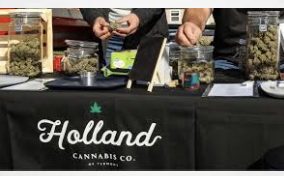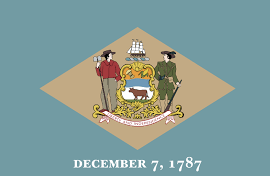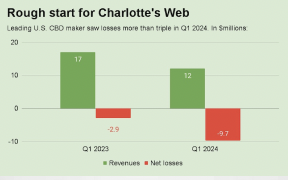It’s been five years since the Canadian government legalized and regulated non-medical cannabis cultivation, commerce, and consumption. California is ahead of us by two years, having followed a similar experiment in 2016 when it legalized recreational cannabis. It was the first U.S. state to legalize medical cannabis access in 1996.
Today, California and Canada are facing similar challenges though they have adopted vastly different regulations. The two jurisdictions offer an interesting contrast in how regulatory frameworks can support or undermine a nascent legal cannabis industry.
Much has been said about the aims of legalization and whether it should draw on the business model for alcohol, with its heavy industry marketing, or that of tobacco, which has been subject to a more recent public health focus. Canadian cannabis has followed a bit of both.
Federal legislation created Canada’s cannabis markets, with retail regulations developed and implemented largely at the provincial level. Importantly, this transparency provides a degree of stability that is not currently present in the United States. It allows the Canadian cannabis industry to plan for its future. But Canada’s cross-border banks remain skittish about financing the sector for fear of violating the ongoing U.S. prohibition on cannabis.
Evidence from the past five years suggests that the regulations have failed to provide equitable access to the industry and develop balanced tax structures. Legalization in Canada and California also remains hampered by the legacy of global cannabis prohibition.
Read the full article at

















